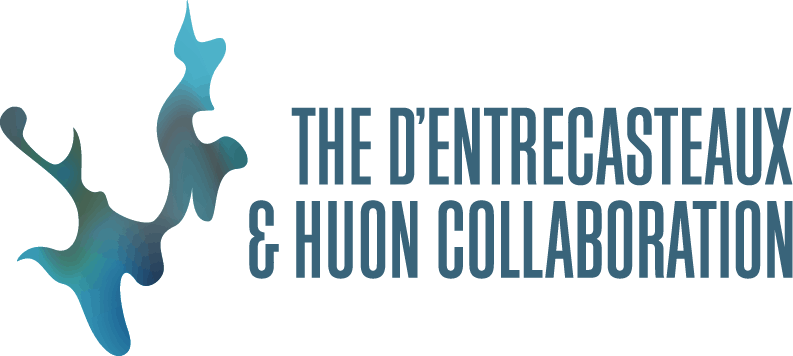The Huon River, which is characterised by high winter flow and low summer flow, is the dominant freshwater input to our waterway. This is a salt-wedge estuary, characterised by a freshwater layer overlying a saline wedge that intrudes up the estuary. Nutrient and algal dynamics of the waterway are governed by the convergence of the outflow of the Huon River with the dynamics of the three major currents affecting oceanic inflows to the waterway:
- the warm, nutrient-poor East Australian Current which dominates summer inflows to the waterway,
- the nutrient-rich subantarctic waters of the Antactic Circumpolar Current which dominate winter inflows to the waterway, and
- the nutrient-poor Zeehan Current extending from the Leeuwin Current in Western Australia also influences the region.
The majority of the waterway is >10m reaching a maximum depth in the order of 55m. Flows within the waterway are dynamic and vary in response to wind conditions and inflows. The dominant flow trends are such that oceanic flows enter via bottom water at the southern end of the Channel and travel along the bottom of the waterway up the southern bank of the Huon Estuary in the salt wedge. This feeds up into the river outflows which move back out into the D’Entrecasteaux Channel in a predominantly northward flow. The estimated flushing time for the waterway is 26 days, although this can be significantly faster depending on the flow conditions.
This marine context is home to a plethora of interdependent niche habitats and ecosystems including seagrass beds, saltmarshes, kelp forests, reefs, and soft sediment.
This environment and its ecosystems are subject to a range of changes including marine debris pressures.

